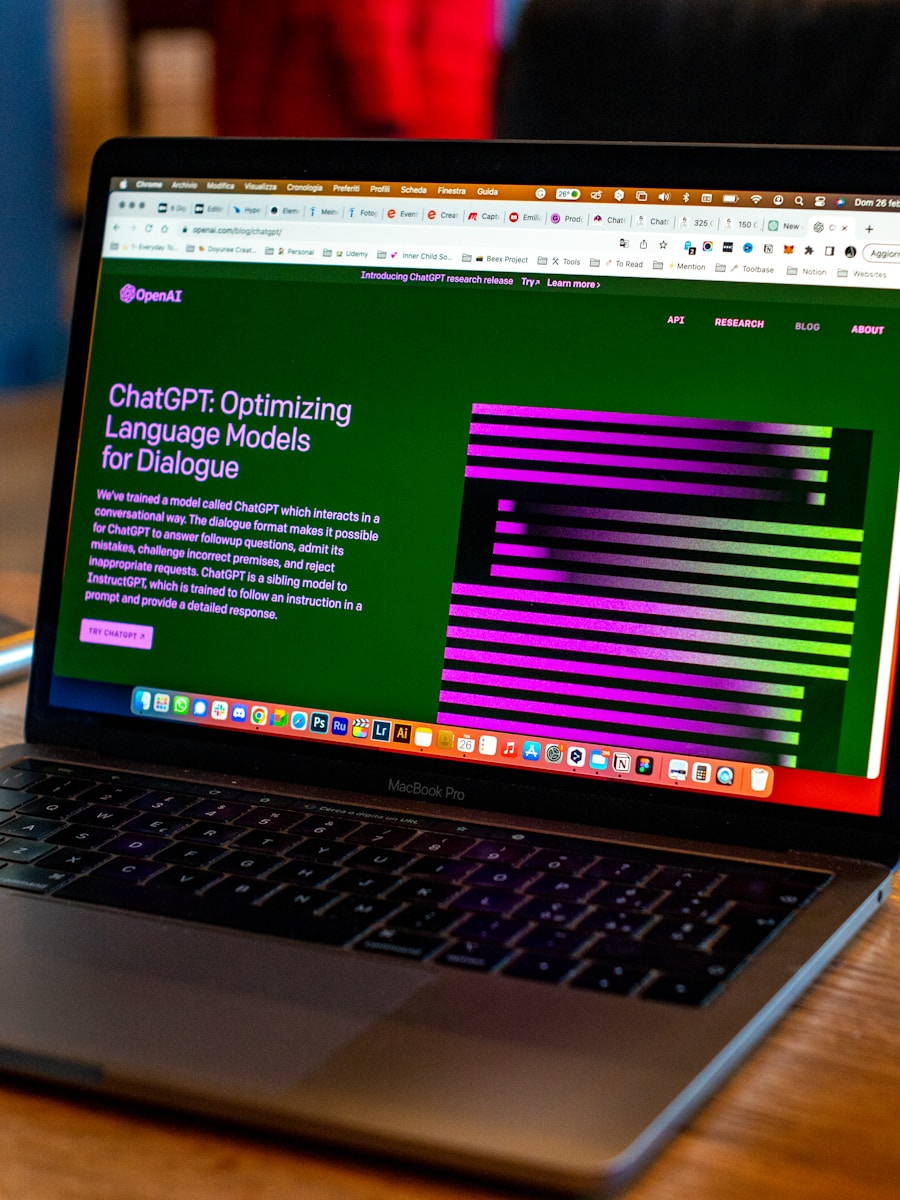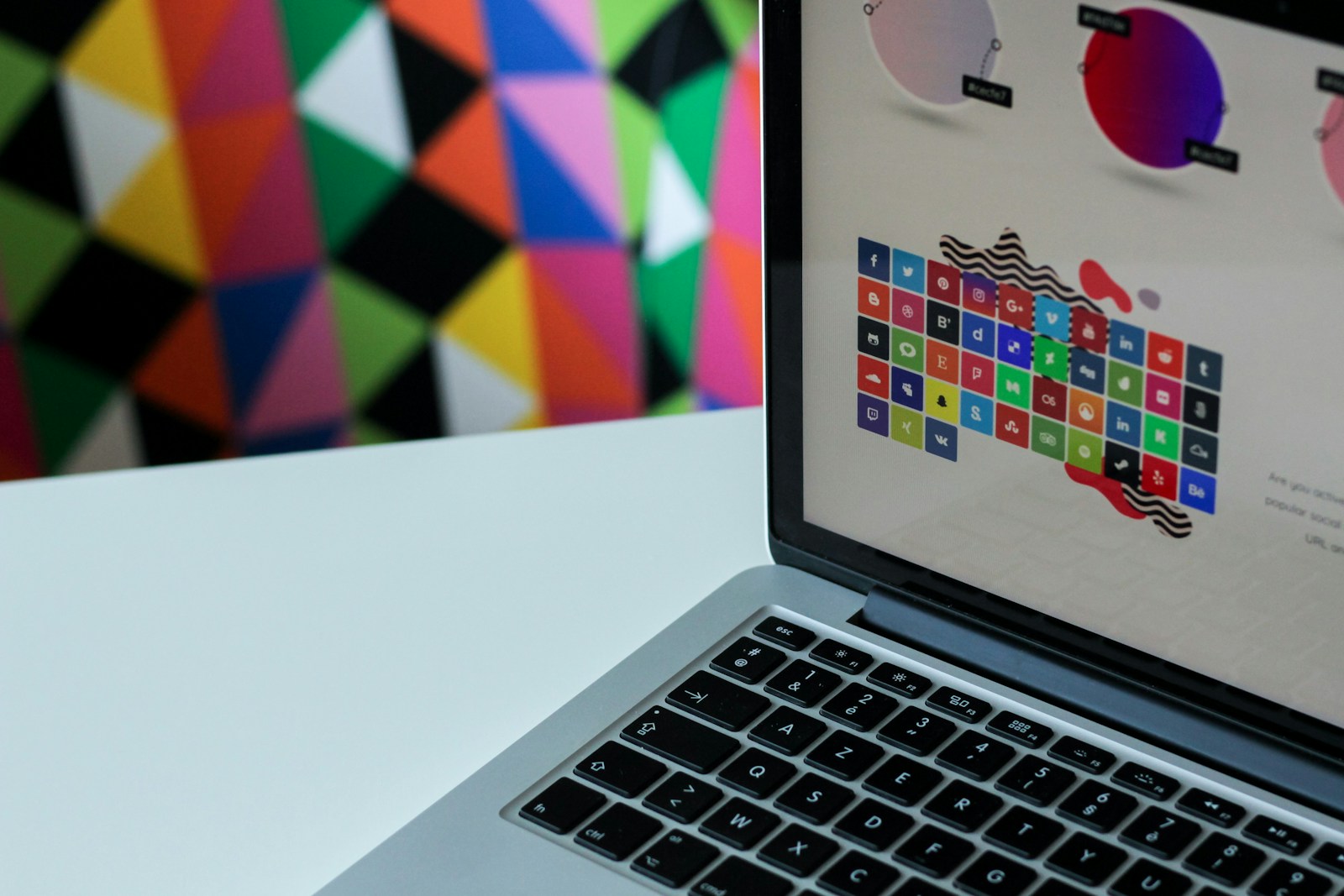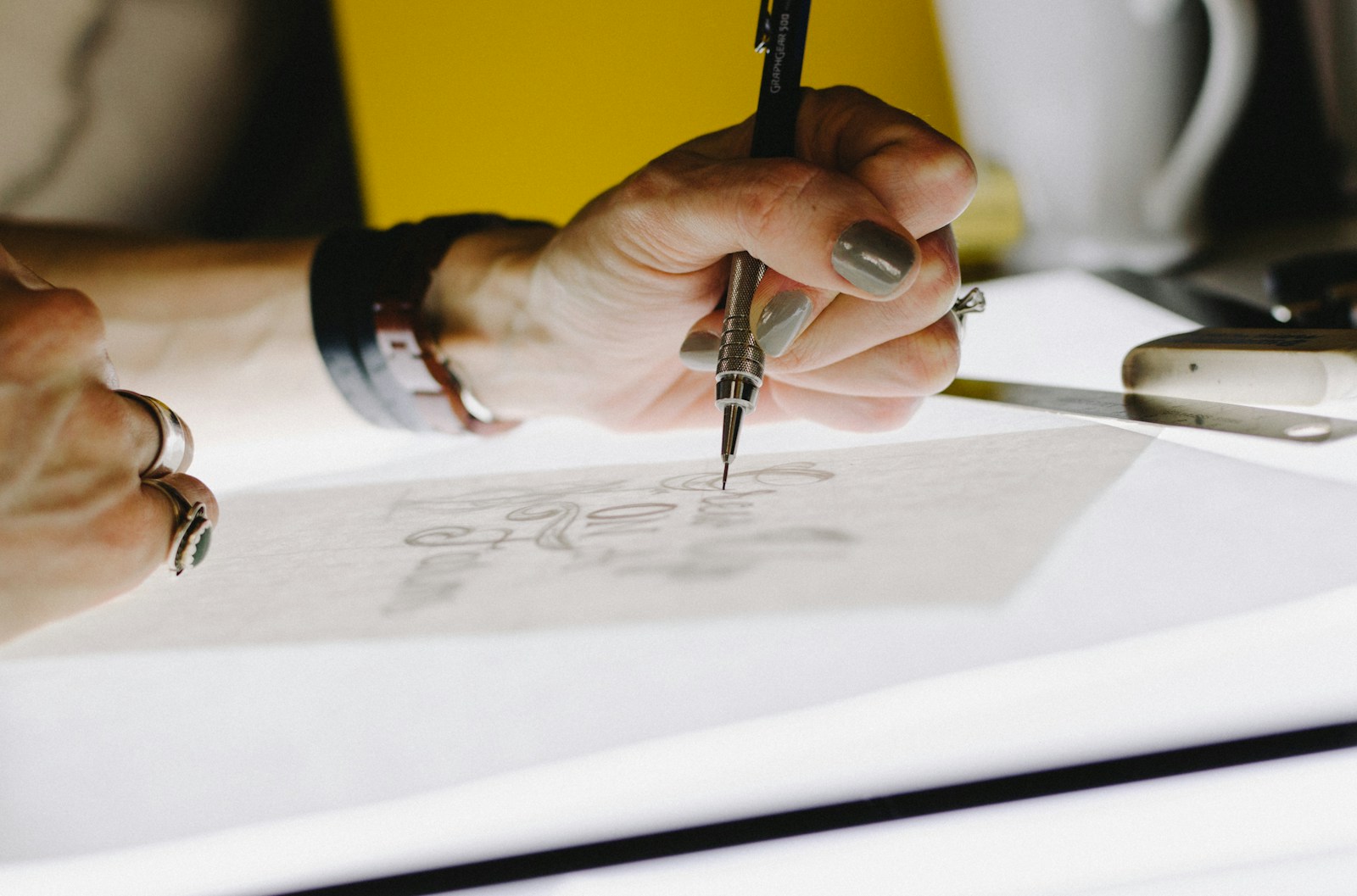Discover the future of creative design in our latest blog post, where we explore the innovative tools and techniques reshaping the industry. Learn how adaptive design systems can help you stay ahead in the ever-evolving world of design.
In the digital era, design plays a crucial role in user experience, brand identity, and overall engagement. From responsive layouts to interactive elements, the ability to innovate within design frameworks can determine the success of a brand or product.
With the rise of Artificial Intelligence (AI) in design, new opportunities have emerged for automating repetitive tasks and exploring creativity in unprecedented ways. In this comprehensive guide, we delve into AI’s role in design, exploring its application in visual storytelling, typography, interface design, and more.
Understanding AI in Design
AI-driven design tools are transforming the creative process by automating design suggestions, optimizing layouts, and personalizing user experiences based on real-time data.
Unlike traditional design workflows, AI allows designers to focus more on creativity while handling the technical aspects like grid systems, color matching, and even user testing. Whether it’s building responsive websites or crafting digital art, AI is pushing the boundaries of what’s possible in design.

Responsive Design Frameworks
In a world where users access content on various devices, responsive design has become essential. Modern frameworks provide the flexibility to create layouts that adapt to any screen size, ensuring optimal user experience.
Moreover, AI-powered design tools now offer automated adjustments that allow for seamless transitions between desktop, tablet, and mobile views, ensuring that branding and user experience remain consistent.
Interactive Design Elements
Interactive design brings static layouts to life. Incorporating animations, transitions, and interactive buttons adds depth to the user experience. Designers can now rely on AI to automate and optimize these elements based on user behavior and feedback.
1. Microinteractions:
Microinteractions create delightful user experiences through subtle animations or feedback. AI can optimize these moments to be intuitive and responsive, creating a more engaging interface.
2. Dynamic Typography:
With AI, typography can be more than just static fonts. Adaptive typography adjusts in real-time based on screen size, user preferences, or data inputs, providing a personalized reading experience.
3. UX/UI Automation:
AI in UX/UI design streamlines tasks like A/B testing, layout creation, and user journey mapping. This allows designers to quickly iterate and improve on their initial designs, creating better products faster.
Visual Storytelling in Design
AI’s capabilities extend to the visual storytelling aspect of design, where algorithms can generate images, videos, and even animations based on minimal inputs.
Deep learning algorithms are changing how we create visual narratives, making it possible to generate entire storyboards or ad campaigns without human intervention. This technology is also revolutionizing the way designers work with motion graphics, 3D rendering, and virtual environments.
Reinforcement learning is a type of machine learning where an agent learns to make decisions by interacting with its environment. This approach has applications in fields such as robotics, gaming, and finance, where agents must learn optimal strategies through trial and error.


Designers must embrace the evolving landscape of AI tools, learning to balance creativity with technological advancements. As automation becomes more prevalent, the challenge will be maintaining a unique and human-centered approach to design.
I’ve slipped into this trap so many times. When I worked on big projects, my happiness depended upon the outcome, when the projects launched and brought good results. But most of them are failed with negative results. So I labeled myself as a loser or an ordinary designer.
The Future of Design
As AI continues to evolve, it will redefine the future of design. With real-time feedback and automated design processes, designers can focus on creativity while AI handles the technical aspects.
When the Wall Street Journal took notice of his blog posts, they asked him to write some guest features. Thanks to all of his writing practice, the guest articles were highly popular. From there, he attracted the attention of book publishers and turned into a book deal. And the book deal generated speaking requests.
“Good design is obvious. Great design is transparent.”
Committing to a design process that embraces both innovation and human-centered thinking will be the key to thriving in this ever-changing landscape. Designers who adapt to new tools while staying grounded in user needs will shape the future of the industry.






I love how you break down complex topics into something easy to understand.
I always find myself coming back to your posts when I need inspiration. Excellent work!
Thank you for your thoughtful comment. I’m happy the post gave you a fresh perspective.
You’ve changed the way I think about this topic. I appreciate your unique perspective.